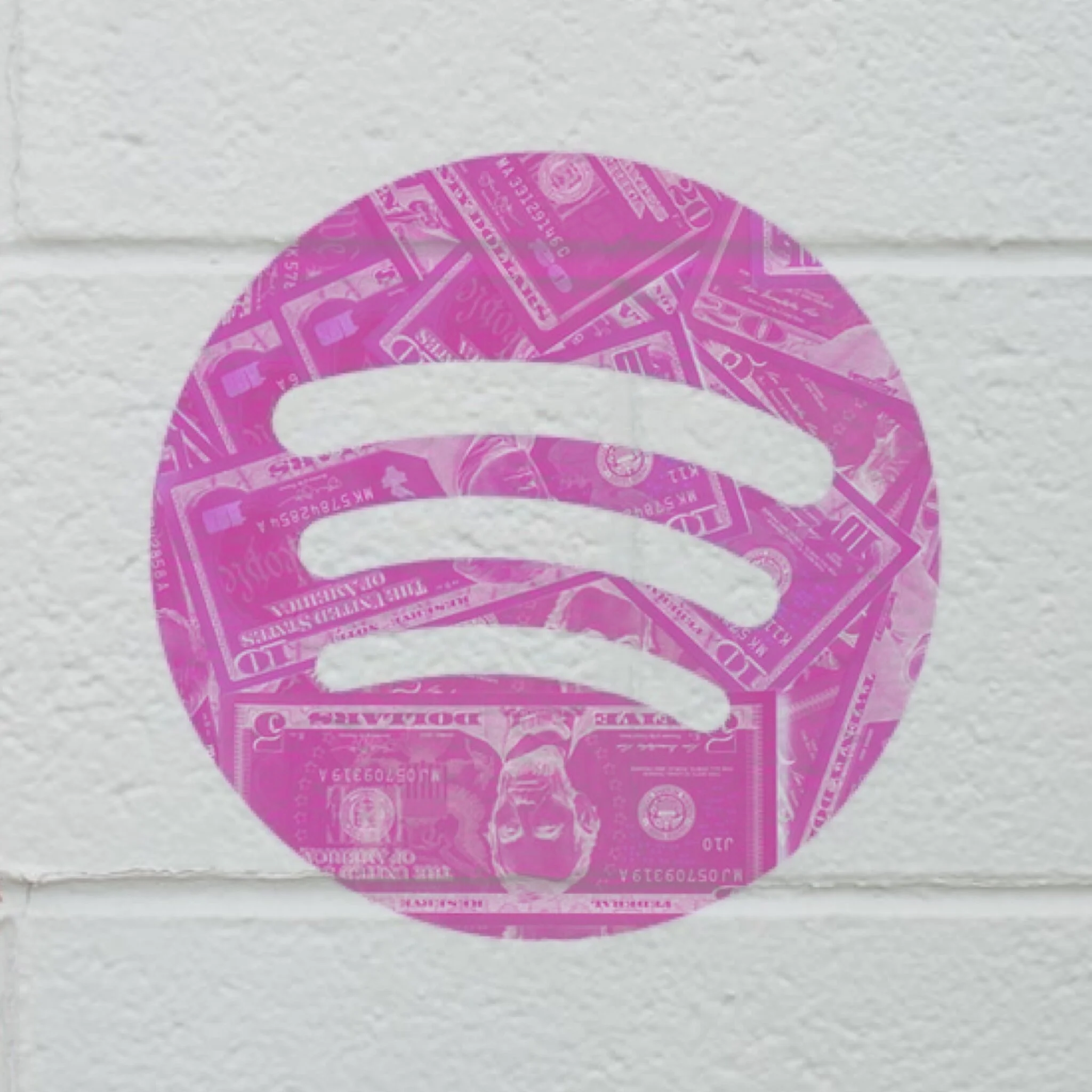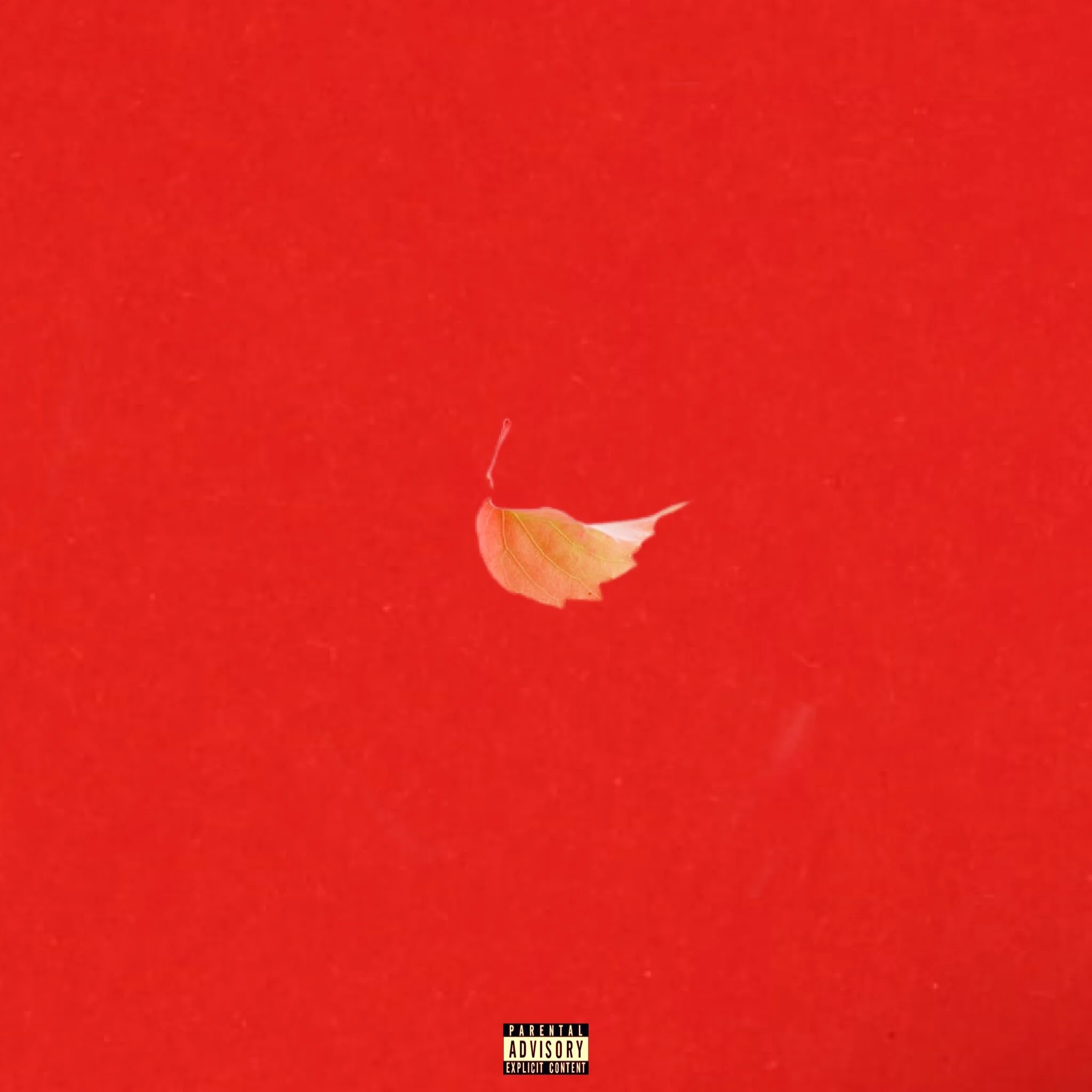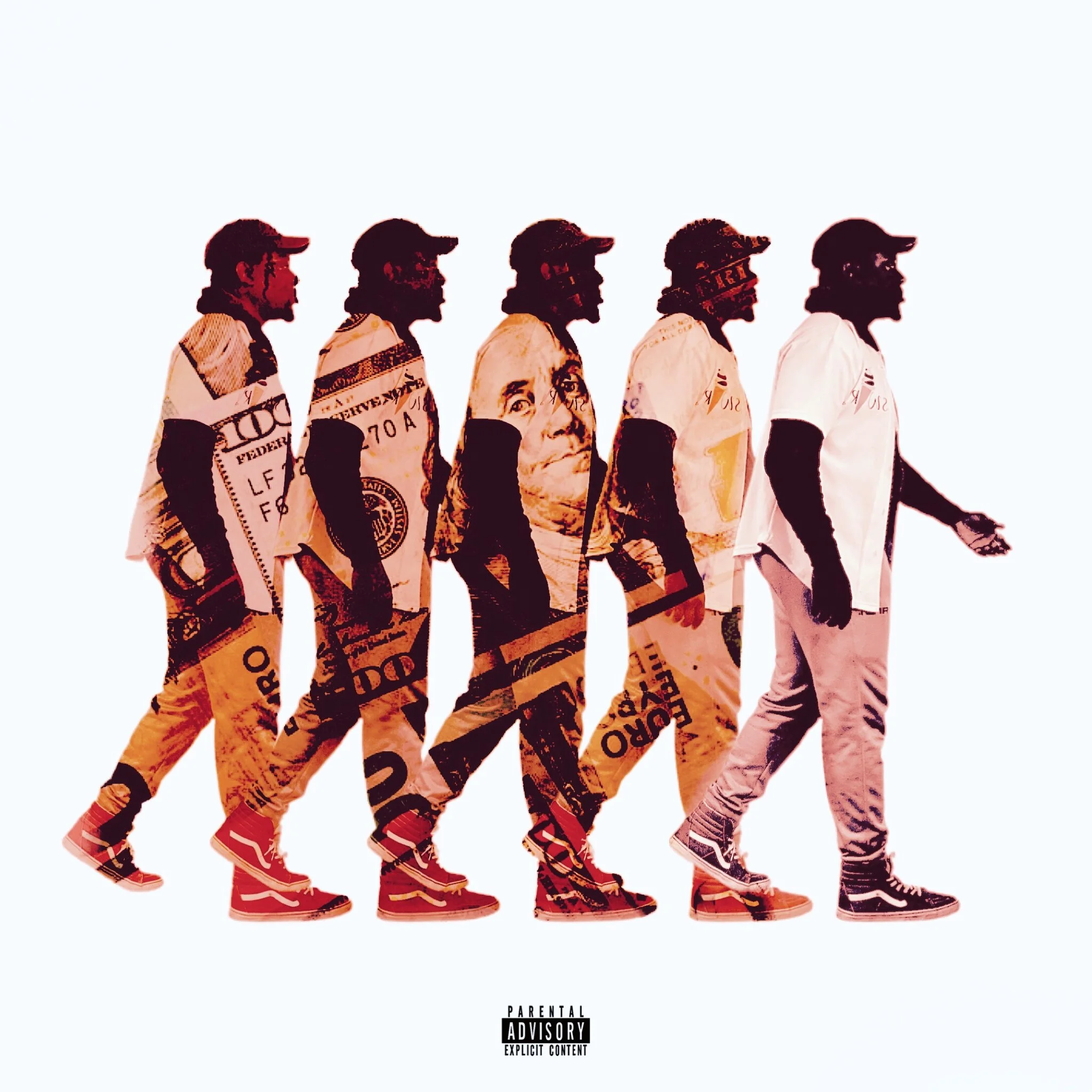The Basics of Marketing Music for New Artists: Pre-Release
The Ultimate Goal of Marketing Music
Marketing music is the most pivotal aspect of the industry that defines the difference between a successful and unsuccessful independent artist. Chances are, the greater your reach, the more people will like your music. If out of 100 people, only 10 like your music, then potentially 100 out of 1000 people will like it. The ultimate goal of marketing for any business is to get the product seen or heard, because someone is bound to take a chance on it. With that being said, artists have to get their music in front of an audience. In this post, we will go over the basics of marketing, including the steps to take before your release.
Here are some areas that can achieve this goal:
Influencers.
Influencers have an audience/following that can be tapped into, and that following will not only listen because it’s in front of them, but are already conditioned to like it because they trust the influencers’ judgement.
The types of influencers to look for are on social media. They are relatively accessible, and with the right pitch (and, or deposit) would willingly plug your music.
Playlist Curators.
Playlists aren’t as impactful as influencers because they are passive listening tools, and require the audience to make their own judgement on whether they like the music or not.
While not as influential, playlists do allow for your music to be heard by people you can’t reach on your own. We have articles on how to find and approach playlist curators here and here.
Blogs/Press.
While blogs have run their course as a dominant medium in the industry, they still have short and long term benefits. In the short term, there is still a fan base connected to blogs that you wouldn’t have been able to reach directly without them. In this sense they work as influencers.
In the long term, articles about your music, interviews, and press releases add to your online presence. The more information there is about your journey the more the Internet (Google and Bing) will recognize you as a musical talent worth listing. If your name is unique and you google yourself then you will pop up but they’d already have to know who you are. What if someone googles “artists in hip hop”? It will take a while to rank but being on blogs will go a long way to boosting your progress in that area. Also, the more information about you online, the likelier someone will write a Wikipedia article about you (although you can do it yourself).
Landing Pages.
While landing pages don’t inherently bring more of a following. They make it easier for your following to reach you. It is an ideal tool for a press kit, allowing you to house all of your links, tour dates, merch and bio in one place. It also adds to your online presence.
How to Package Music
Before diving into promoting your music, you must decide how you want to release it. How you package your music plays a role in how you want to approach marketing your music. The larger the project, the more versatility you can have promoting.
Single
For singles, you’ll have to rely on the basics of marketing, and build content around the song to promote it. Content like snippets (audio and visual), behind the scene videos of creation, and music videos work well to build hype from your following.
The benefits of releasing just a single are the limited amount of money needed to promote, as well as limited resources like time spent creating that has been put into the release. It is less of a financial burden, therefore it is less of a drawback if the song doesn’t work.
The disadvantage of releasing just a single is that there is nothing for your followers to look forward to. Once the single is out, the content around the song will have to keep listeners engaged.
Maxi Single
A maxi single is a project consisting of two songs.
Maxi singles were popular when vinyl was the medium in which music was distributed, as they could put a song on each side of the record. They aren’t as popular now because there isn’t a need to fill space due to digital platforms.
Although they are out of date, the marketing approach behind them can still be used in today’s era of releasing music. Normally, side A would be the single meant for and would be easier to play on the radio, attracting a wider range of listeners, while side B was meant to please the core following of the artist, resulting in a less pop sounding aesthetic.
If you were to release a maxi single, you should use this approach and promote each song to their respective audiences.
If you are using a maxi single to promote a larger project there are two ways to approach it. First, you could release a single that’s on the project and one that didn’t make it, allowing you to maximize the music that won’t be on the project and limiting the songs that are heard that are on the project. This strategy works great for a project that’s not as long. Secondly, you could release two songs off of the project that would appeal to different audiences. This works best for a longer project though.
EP/LP
An EP, extended playlist is defined as three to five songs, while an LP, album, is anything greater than five songs.
The benefits of both are that they allow for varied content that can target different demographics, giving listeners more to consume, and singles from the project can be used as content to promote the overall release. Also there is more content that can generate revenue; the more songs you have, the more songs can be streamed, and a listener can be influenced by a single to listen to the whole project.
The disadvantage is the amount of effort and capital needed to release the project, especially if the project isn’t well accepted.
The most basic way to promote a project with three or more songs is to have a single and the content that surrounds it to build hype for the project, and produce content that is meant to build hype for the project itself.
Deluxe
The deluxe album, in previous eras, consisted of the original album with two to three new songs added to bring new light to the project. In today’s era, a deluxe can be entirely new, with a complete project of new songs, but with the same title as the original.
The purpose of the new age deluxe album in the streaming era is to boost streams and accolades for a project, as all streams of the deluxe count toward the original.
A deluxe is only effective for artists with a dedicated following that released a widely accepted project, so if you’re a new artist, these types of stream manipulations won’t work as well.
Free Music
Free music, such as mixtapes, covers, and remixes can be released on more platforms legally and can therefore raise the chances of getting heard.
A benefit of covering or remixing another artist’s song is that you can capitalize on the hype that is already there for something that people like.
Establishing a Budget
Once you decide how you will package your music, the next step is to establish a budget to use in promoting your art, and you should understand why a budget can be the difference between you and the artists with which you are competing.
While at the start, artists can get away with not having a budget for marketing, having a budget can speed up the process of getting heard and being successful, as well as increase revenue returns.
The main areas to spend your money are for playlists submissions, ads, press, and content creation; and you should spend the most money where you think you’ll get the most return.
Promotion Types
Placements
Curators like your music and place it on playlists that generate consistent streams, as well as followers and saves/downloads.
Ads
Your promotional content is put in front of people that would find it interesting enough to listen to your music.
Press (Digital Media)
Your online presence and prestige is boosted in the long term, giving your music a feeling of legitimacy.
Content Creation
Engaging promotional content like photos and music videos are created for you in order to bring attention to your music.
Grass Roots
Promotion from the ground up in the digital era are posts on social media from you and your team that can generate interest.
Depending on your skills regarding content creation and the size of your following, the percentage of your budget can be increased in some areas and decreased in others.
There is also a way of minimizing your budget while still retaining results, as many curators will listen and place your music for free. You can also build relationships with people who have a following and are willing to help you. Franklin Stone was able to go from six to twelve hundred listeners in a month with no money spent. His campaign is explained here.
Electronic Press Kits
Now that you have budgeted money for promoting your content, you can set up an electronic press kit to send to the press and use as a landing page for listeners and other artists to get to know about you and your project.
An EPK is a digital portfolio of materials including: links, biography, photos, lyrics, playlists, contact info, videos, and tour dates, all on one page.
The purpose is to be able to send the press (bloggers, journalists, and radio stations) everything they need to know about you and your release. It will make it easy to find your story, and allows you to control the narrative.
Below is a basic example of a press kit for Franklin Stone’s debut EP Seasons.
Seasons - Franklin Stone
The debut EP of Franklin Stone is a testament to how he dealt with the trauma of a miscarriage that he faced in his life. With singles Lenses, Rain, and Transition, Stone has set up a narrative of his journey, and how it ended.
Artist Bio
Franklin Stone is a rapper, singer/songwriter, and producer based out of Maryland. Stone began recording music in high school, but it was not until after college that he began releasing his music. His first release was the Swirl Pack, a two song single, boasting 21 and Fruit of my Labor in 2019. As the Covid-19 pandemic forced a worldwide quarantine, Stone ramped up his production, releasing To Be Frank, and then Lenses, Rain, and Transition as singles in 2021 from his debut EP Seasons on October 8th.













